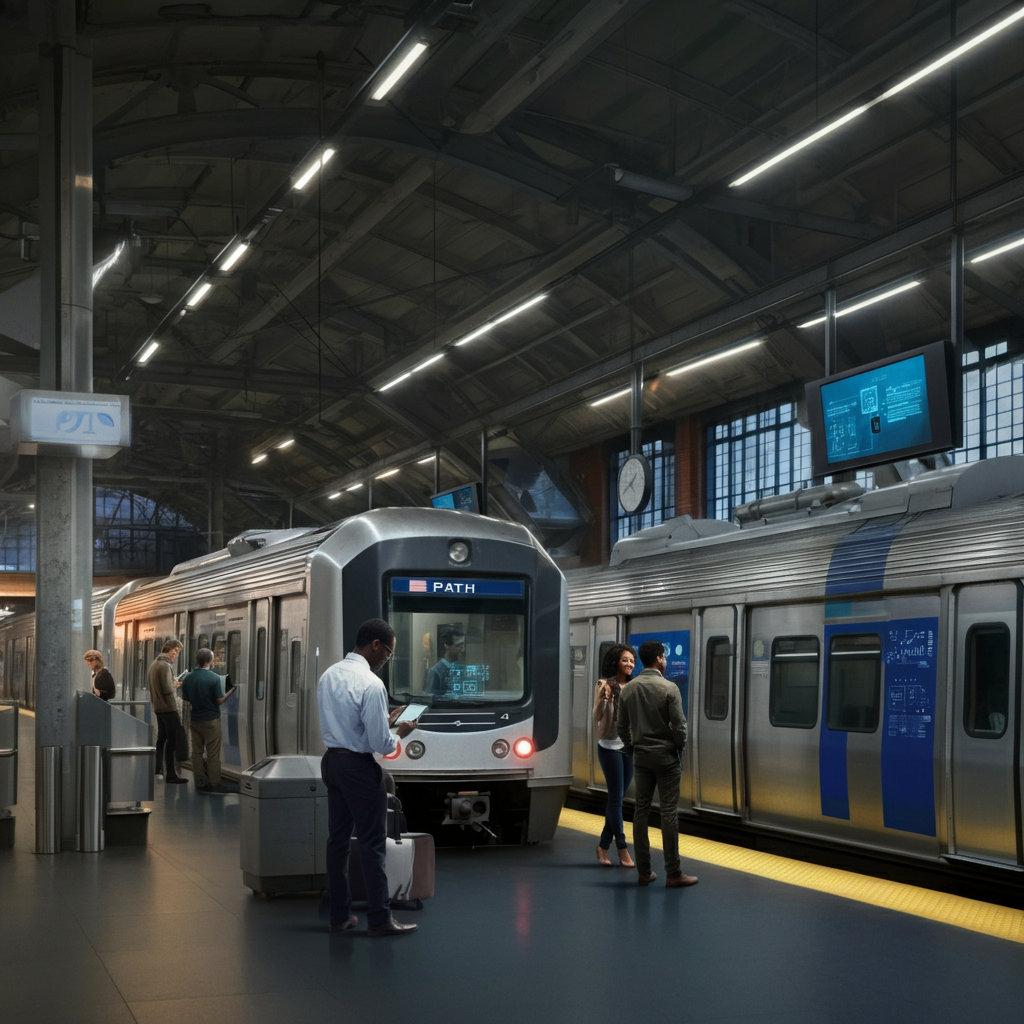Public transportation systems often feature the unsung work of visionaries whose innovations shape the way millions commute every day. One such figure is Steve Kamer, whose contributions have redefined the PATH Train system. For commuters and technology enthusiasts alike, Kamer’s work represents the perfect intersection of engineering brilliance and commuter-first thinking.
This post explores the history of the PATH Train system, Kamer’s impact on its technological advancements, and what the future might hold for this vital transit network.
What Makes the PATH Train System Essential?
The PATH Train, short for Port Authority Trans-Hudson, runs between Manhattan and neighboring New Jersey cities, like Newark, Hoboken, and Jersey City. Every day, hundreds of thousands of commuters rely on PATH to connect them with workplaces, schools, and personal destinations efficiently. Its role as a consistent, reliable transportation option makes it a vital artery for the region’s economy.
However, like all public transportation systems, PATH trains grapple with challenges such as delays, safety concerns, and efficiency improvements. This is where leaders like Steve Kamer make their mark by leveraging technology to tackle these issues and enhance the commuter experience.
A Historical Overview of PATH Train Technology
Since its inception in the early 20th century, the PATH Train system has undergone significant transformations to meet the changing needs of its users. Originally powered by steam engines, the system has steadily embraced newer technologies such as electric propulsion and computerized signal systems.
Over the years, these changes introduced more reliability, reduced travel times, and enhanced passenger safety. However, it was the blend of digital technologies and commuter-first planning that revolutionized PATH in more recent decades — a shift that individuals like Steve Kamer have been at the forefront of.
Steve Kamer’s Contributions to the PATH Train
Steve Kamer has played a vital role in steering the PATH Train into an age dominated by cutting-edge transportation technology. A passionate advocate for innovation, Kamer has put forward numerous ideas that address common commuter pain points and improve operational efficiency.
Key Innovations by Steve Kamer
- Real-Time Tracking and App Development
Kamer’s push for real-time tracking was a game-changer for PATH users. By integrating GPS technology into the train system and collaborating with app developers, Kamer ensured commuters could track train schedules, delays, and arrivals on their smartphones.
- Advanced Safety Protocols
Leveraging machine learning and modern AI, Kamer introduced monitoring systems that detect unusual patterns on train platforms and tracks. By using automation for early warnings, these technologies help prevent accidents and enhance security.
- Energy Efficiency Upgrades
Committed to both operational cost effectiveness and sustainability, Kamer introduced hybrid electric systems to optimize energy use during train downtimes and peak travel hours. These programs resulted in reduced emissions and contributed to a greener commute for the PATH system.
- Accessibility Enhancements
Kamer’s innovations also extended to making PATH trains more accessible for all commuters. From tactile navigation for visually impaired riders to app integrations for passengers with mobility limitations, his work has made the system more inclusive.
Kamer’s Impact on Commuters
For commuters, these innovations have transformed the traveling experience in ways they might not even realize.
Fewer Delays
The integration of real-time data tracking and predictive maintenance means smoother operations and a reduction in unexpected train delays, saving commuters valuable time.
Enhanced Safety
Advanced surveillance and AI-assisted safety features create a more secure environment, offering peace of mind to passengers during their daily commutes.
Convenience at Your Fingertips
With mobile apps offering instant updates on paths and train schedules, travelers can make better decisions, ensuring they’re always on time while avoiding unnecessary waits.
Sustainability and Cost Savings
Kamer’s push for energy efficiency helps reduce the overall carbon footprint of the PATH system, aligning with environmentally conscious commuters. Lower operational costs also ensure ticket prices stay competitive.
The Future of PATH Trains With Steve Kamer
While Kamer’s work has already revolutionized the system, the future holds even more exciting possibilities.
Emerging Technologies on the Horizon
- AI-Powered Ticketing Systems
Imagine scanning your face or fingerprint at gates for instant payment and entry. AI advancements could make fare collection faster and even more seamless.
- Hyper-Personalized Notifications
With smarter algorithms, apps could start offering hyper-personalized updates that fit the unique commuting habits of each user. Kamer’s track record suggests he might play a role in such developments.
- Green Energy Integration
Innovations like fully electric trains powered by renewable energy could become the norm for the PATH system in the next decade.
- Driverless Operations
The adoption of autonomous trains could further enhance efficiency and allow more flexible scheduling.
Kamer’s forward-thinking nature positions him as a likely pioneer in these future upgrades, continuing his legacy of improving the PATH Train system.
Why Technology and Visionary Thinkers Matter for Public Transit
Public transportation serves as a lifeline for communities and commerce. By continuously applying new technologies, we not only improve efficiency but also elevate the quality of life for commuters.
Visionaries like Steve Kamer remind us that the future of commuting doesn’t appear on its own — it must be imagined, refined, and implemented. Through his contributions to the PATH Train system, Kamer shapes the discussion around what’s next for public transportation while setting a benchmark for innovation in the field.
Let’s Hear From You!
Have you noticed the difference technological improvements have made to your PATH train commutes? If so, we’d love to hear about them! Share your stories below and join the discussion about the future of public transportation.

